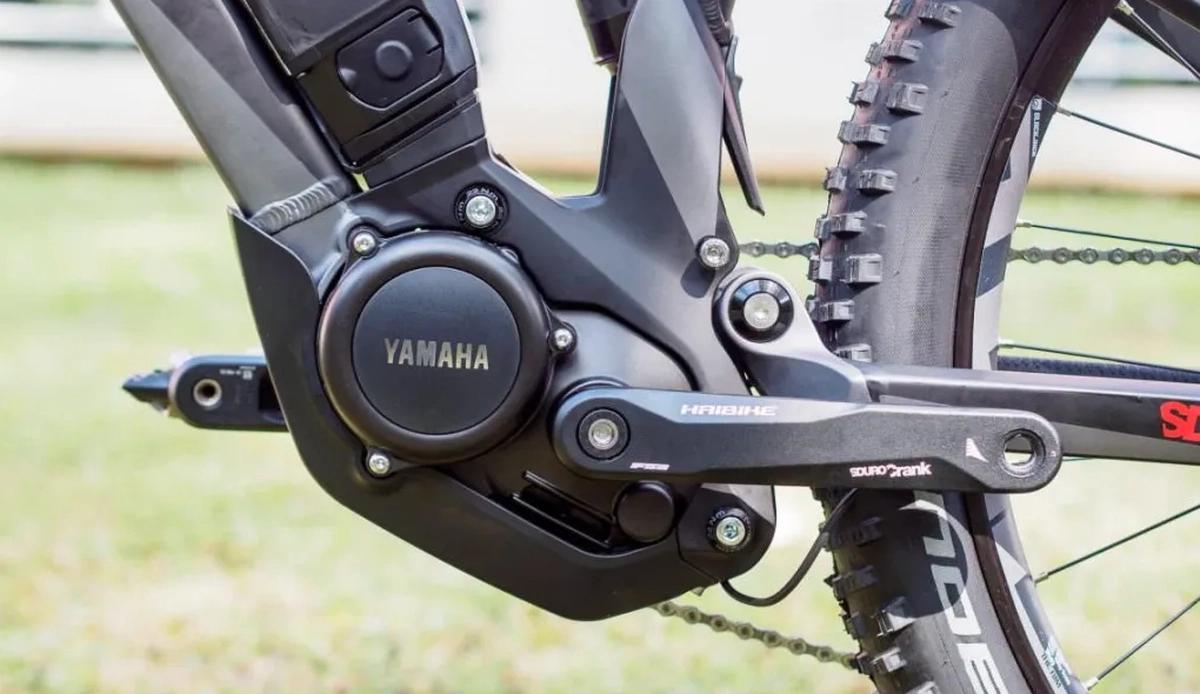The choice between a mid-drive and a rear-drive motor for modifying mountain bikes is a crucial decision that can significantly impact the performance and handling of the bike. Both types of motors have their own advantages and disadvantages, and the decision should be based on the specific needs and preferences of the rider. In this article, we will discuss the differences between mid-drive and rear-drive motors, and provide a detailed analysis of their suitability for mountain bike modification.

A mid-drive motor is located in the middle of the bike, near the bottom bracket. This position allows the motor to take advantage of the bike's gears, which can be beneficial for climbing steep hills. The weight of the motor is also distributed more evenly across the bike, which can improve the bike's handling.
However, mid-drive motors can be more complex to install and maintain. They also tend to be more expensive than rear-drive motors. Additionally, the extra weight of the motor can make the bike less maneuverable, which can be a disadvantage on technical trails.
A rear-drive motor is located in the rear wheel of the bike. This position can make the bike more maneuverable, which can be an advantage on technical trails. Rear-drive motors are also generally less expensive and easier to install and maintain than mid-drive motors.
However, rear-drive motors can be less efficient than mid-drive motors, especially when climbing steep hills. The extra weight of the motor in the rear wheel can also make the bike less stable, which can be a disadvantage on rough terrain.
Mid-drive motors are generally better for climbing steep hills. This is because they can take advantage of the bike's gears, which can provide more torque to the rear wheel. Rear-drive motors, on the other hand, can be less efficient when climbing steep hills, as they do not have the advantage of the bike's gears.
Mid-drive motors can improve the handling of the bike, as the weight of the motor is distributed more evenly across the bike. This can make the bike feel more stable and responsive, which can be an advantage on technical trails. Rear-drive motors, on the other hand, can make the bike feel less stable, as the weight of the motor is located in the rear wheel.
Mid-drive motors tend to be more expensive and complex to install and maintain than rear-drive motors. This is because they require more components, such as a chainring and a chain, and they need to be installed near the bottom bracket, which can be a complex process. Rear-drive motors, on the other hand, are generally less expensive and easier to install and maintain.
Rear-drive motors can make the bike more maneuverable, as the weight of the motor is located in the rear wheel. This can be an advantage on technical trails, where the ability to quickly change direction can be crucial. Mid-drive motors, on the other hand, can make the bike feel less maneuverable, as the weight of the motor is located in the middle of the bike.
In conclusion, the choice between a mid-drive and a rear-drive motor for modifying a mountain bike is a complex decision that should be based on the specific needs and preferences of the rider. Both types of motors have their own advantages and disadvantages, and the best choice will depend on factors such as the type of terrain the bike will be used on, the rider's level of experience, and the rider's budget. It is recommended that riders carefully consider these factors before making a decision.
Leave A Comment